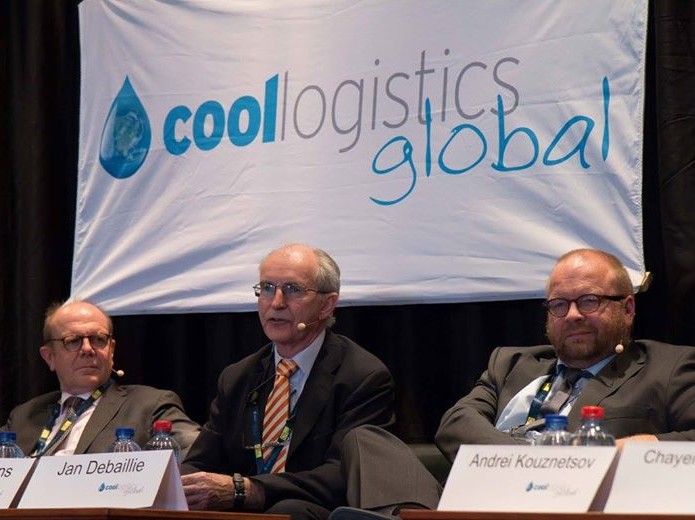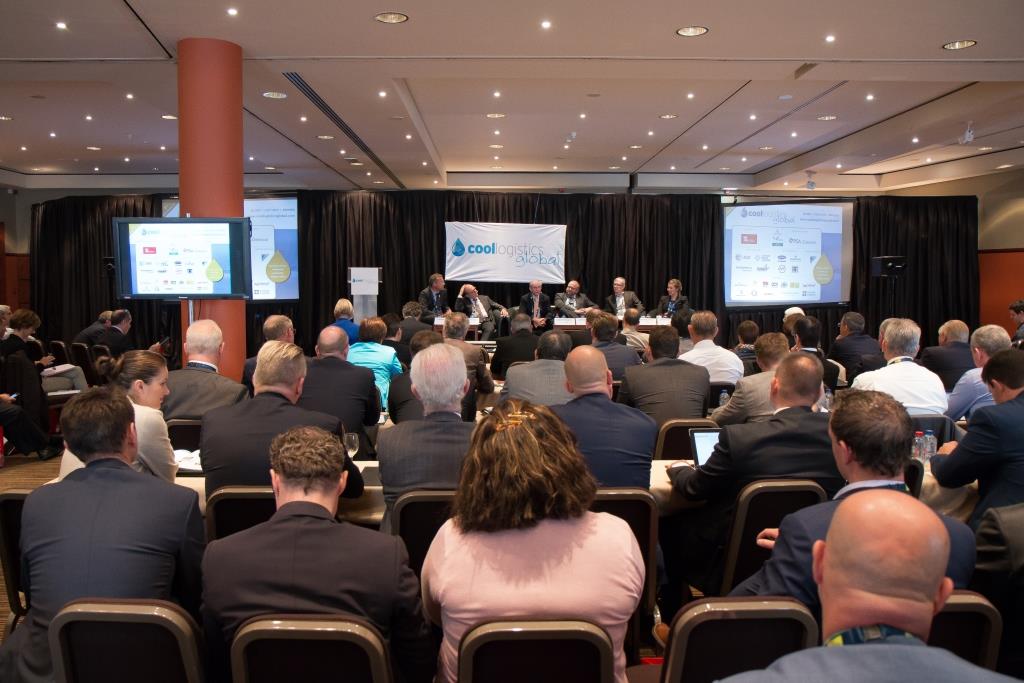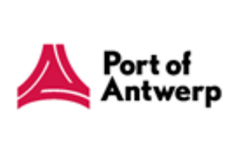
On the first day of the 7th Cool Logistics Global Conference – held September 29 to October 1 in the Belgian city of Brugge – a broad range of topics surrounding the cooled logistics of perishables was discussed, ranging from changing consumer preferences via the importance of tracking and tracing to improved schedule reliability and a lot in between.
The overall outlook was one of optimism. The expectations for the logistics industry are not as bad as some may think. Paul Bosch, supply chain analyst of Food and Agriculture at Rabobank – financer of 85% of Dutch agricultural companies – said the future appears bright for cold. “Growth rates look pretty good, making the rest of the food market jealous.” The key driver for this process being the increasing penetration of cell phones and refrigerators in developing countries, he said.
That observation was shared by Jan Debaillie, director of Group Logistics at Ardo Group, a Belgian producer of high quality frozen vegetables, fruit, pasta and rice which controls its total supply chain. “We see the categories fresh and frozen grow, not so much in Europe but overseas. Specifically, frozen organic foods in the USA are growing very fast, doubling volumes,” Debaillie said.
Changing customers
Bosch agreed that growth in Europe is low and leading to a switch from volume to value. And where is the value? It appears to become more difficult to get to know the customer. Bosch identified 5 different types of customers that will play an important role in the market in the coming 10 years. One is the “convenience customer” who doesn’t want to wait and doesn’t want to pay extra but who will drive logistical changes.
Online purchases will be important in this consumer profile. “We are at a turning point where online purchases take away market share from retail and supermarkets,” Bosch said. This process calls for other logistics, a need for greater flexibility and new packaging solutions. In other words, this is a growth area for logistics all the more since a huge increase in frozen sales is expected because those products are easier to deliver to homes.
In this respect, Joachim Coens, President – CEO of the Port of Zeebrugge, said the 21st century is bringing a lot of changes. One of these is the changing consumer. The global buying power defers and that leads to layered demand which needs to be facilitated. Coens sees a clear task for ports in this process. “The role of the port is to bring people together and facilitate. We also have a role in intermodal activity.”
Technological solutions and trends in logistics
Tracking and tracing is important in the timing of onions, said Chayenne Wiskerke, managing director of Wiskerke Onions, the leading Dutch packer and exporter of onions. Its onions are exported to 90 countries across the globe and mainly transported by reefer containers. Wiskerke Onions developed a customised system giving its customers traceability on demand. This real time system, accessible via an app, informs them of the whereabouts and quality of the product. “This tool is a great help with customers of different languages and far-away markets,” Wiskerke said. She also predicted continuous growth in global demand for onions which offers potential for the future of the reefer sector.
Apart from technology, Debaillie signaled other changes in the logistics process. “The logistical lines are as short as possible with less logistical partners.” Moreover, retail distributions centres are changing their policies towards keeping products in stock. “There is less stock in the DC’s, (so they are) asking for shorter lead times and making the supplier more logistical providers than traders,” Debaillie said.

Shipping industry positive
It was not only the producers buoyed about good prospects at the Cool Logistics conference, the shipping industry had positive news to share, as well. “We are not so desperate,” said Alexis Michel, vice president of Group Logistics and Reefer at CMA CGM. “The shipping industry is one of the fastest growing industries with good growth predictions.” Behind this optimism is the fact that the worldwide economy is still growing and the US and Chinese markets are still strong. Michel expects the main market will continue to go west and shared that bigger vessels are becoming the standard.
This observations caused Nigel Jenney, CEO of the Fresh Produce Consortium, to call for teamwork to help get produce out of containers as soon as possible because unloading takes longer with larger vessels and reduces shelf life. “It is important to work together and know what is inside the container,” Jenney said.
Drewry Supply Chain Advisors director Philip Damas highlighted the speed and efficiency in reefer maritime supply chains. Slow steaming and transshipment services have lengthened transit times for reefer containers. Specialised reefer ships remain faster. Although leaving room for improvement, the schedule reliability of containers has improved to about 70% on most routes. Damas added that for reefer ships there are no figures but the reliability is most likely to be higher. Both speed and reliability do not appear to be the key focal points in the logistical process as containerisation continues its march. Drewry expects containerisation to rise to 82% by 2018.
MW
Images courtesy of Cool Logistics Global: http://coollogisticsresources.com/global/





